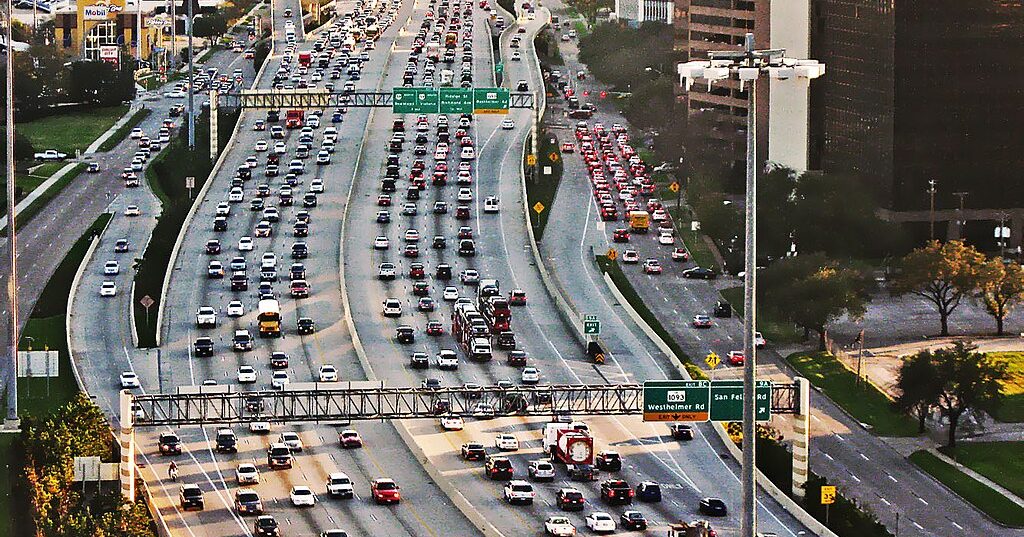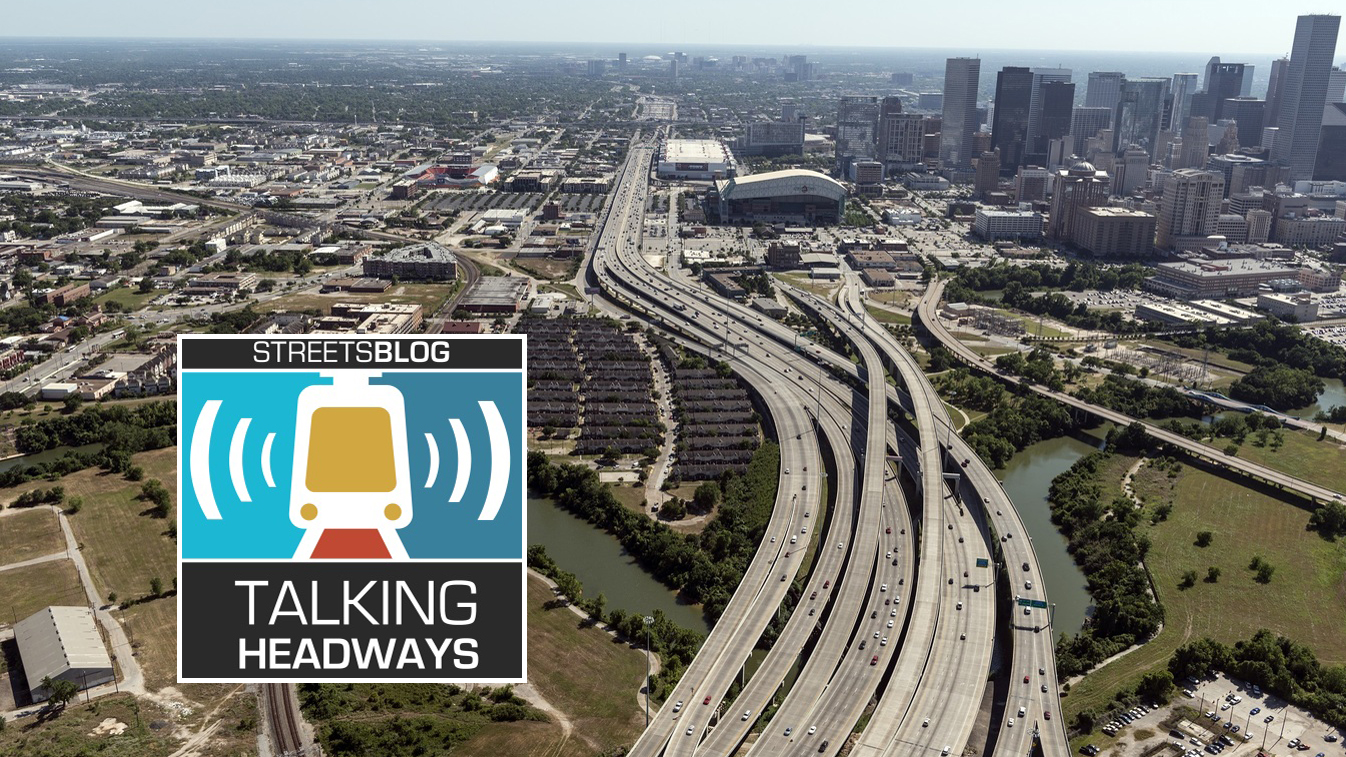American zoning policies serve as a massive subsidy to sprawl, but the actual market-distorting regulations and their costs can be hard to tease out.
Here's a great example, from Montgomery County, Maryland. According to Ben Ross at Greater Greater Washington, this community is experiencing an acute housing shortage. What kind of housing is in the shortest supply? Apartments.
Well, hey, no problem. Montgomery County's planning staff has proposed legislation that would allow homeowners to split their single-family dwellings into two units. But check out all the hoops they have to jump through first:
Under the draft code, the following conditions must be met before a house can be divided into two units:
- The owner must live in the larger of the two apartments. If work takes you out of town for a year and you want to rent out your house, you have to evict your tenants first.
- The area of the smaller apartment must be less than 800 square feet.
- You can't rent to a family of more than three.
- There can't be another two-family house within 300 feet.
- Each apartment must have its own outside entrance. The door to the smaller of the two apartments has to be on the side or back of the house.
- You need at least three off-street parking spaces, covering at least 480 square feet of land. These parking spaces must be built without paving more than half of the front yard, even if the front yard is less than 960 square feet.
- And when you somehow manage to meet all these requirements, if 1,000 other people split up their houses before you, you're out of luck.
Not exactly embracing consumer choice, are they? Ross explains this daunting set of hurdles helps assure that the new zoning law will do next to nothing to expand affordable housing options for the region's families:
Some of these petty restrictions are already included in the present zoning code, which in addition makes homeowners go through a 9- to 13-month review process that includes public hearings. Only about 10 houses a year have been able to pass the tests. The county today has about 180,000 one-family houses, and only a few hundred two-family buildings.
Elsewhere on the Network today: Biking in Dallas announces the city is getting its first bike street treatment, in the form of sharrows, in a package of upcoming on-street facilities. Urban Review STL asks readers to characterize planning efforts in the St. Louis region, and the results are less than flattering: "meh," "backward" and "lacking" are among the most popular choices. And Commute By Bike offers the term "velocapitalist," to describe someone who promotes cycling from an economic-health perspective.






